Pig and insect sectors: more alike than you might think
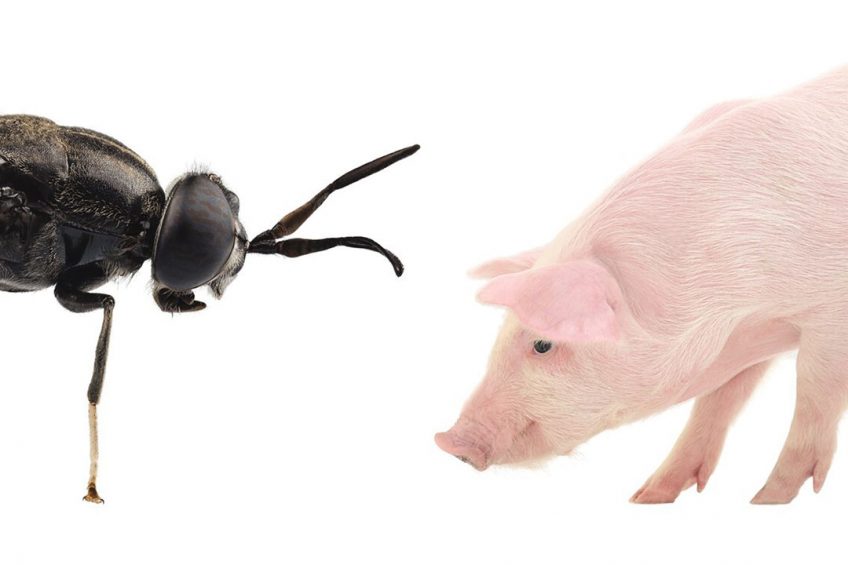
The prospects for using insect raw materials in pig nutrition are somewhat uncertain. Yet, there are definitely opportunities to grow, writes Marieke Ploegmakers, editor for Pig Progress’ sister title All About Feed. How? By just taking the pig industry itself as an example.
Insect protein is a promising new ingredient in animal feed, due to its high protein content and the health benefits it could bring to animals. In recent years, the insect industry has received serious investments, enabling companies to build larger production facilities.
Although there are several hurdles to overcome, Rabobank stated in a recent report that the demand for insect protein as animal feed could reach half a million metric tonnes by 2030. Demand would mainly be driven by the pet food and aquafeed markets. The poultry sector has some potential too.
The role insects play in the pig sector is still questionable. Insect protein is expensive and cannot compete with soy, the main ingredient of pig feed. Plus, legislation for the use of insect protein in pig feed is a major bottleneck. You could say that the future of insect protein in pig feed is doubtful.
Parallels between the pig and the insect industries
A paragraph in the Rabobank report stated that a parallel can be drawn between the pig and the insect industries. I found this very intriguing and it prompted me to look at the similarities of both industries.

For future profitability of the insect sector, it is crucial to add value to the products and that is exactly what the pig industry has been doing for a long time. You can find pork derivates in all kinds of non-meat products such as your shampoo, sweets, and bread. Every part of the pig is used.
Pork meat is the main driver of the market. That said, valuable ingredients are also extracted from the carcass to make products such as gelatine, cysteine, and stearic acid. These products are sold for a much higher price/kg then pork meat.

Learn more about insects as feed ingredient in the special section on New Proteins at All About Feed
Value-added potential for special products
Insects also have this value-added potential for special insect-based products. Insects can be used as a whole or they can be processed in insect protein, oil or puree, which can be marketed at different prices. And of course, there are many different species of insects, each with their own added value.
Research evidence shows that insect protein could positively affect gut health and palatability and it has antioxidant effects, which makes it possible to develop premium products with specific health benefits. And last but not least, insects can contribute to a circular feed and food system, when farmed on food waste. This makes it a sustainable protein for the future. It would be even more sustainable if we ourselves would eat these insects, but in Europe we still keep them far away from our plates.

Pigs love to have insects in their trough
That said, pigs, on the other hand, would love to have some insects in their trough, since it is part of their natural diet. Something that was on my mind last weekend when I visited a local farm shop. Near the shop, a group of Berkshire pigs enjoyed the 1st sun beams of spring. With their legs sunk halfway into the mud, they rooted their snouts in the ground. Searching for insects.
Maybe there is a future for insects in the pig industry after all. Pigs would like it.

Pig Progress experts talk
To read more Pig Progress expert opinions
 Beheer
Beheer

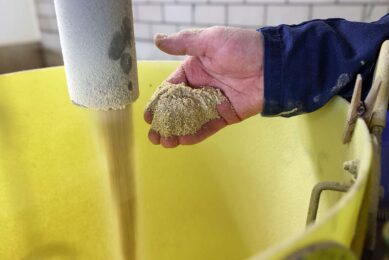
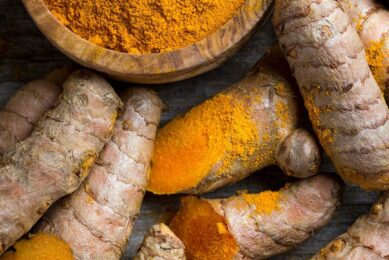
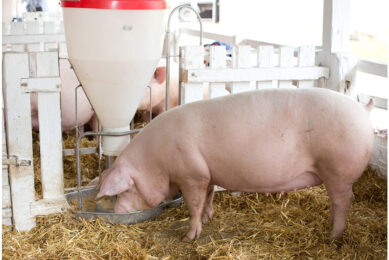
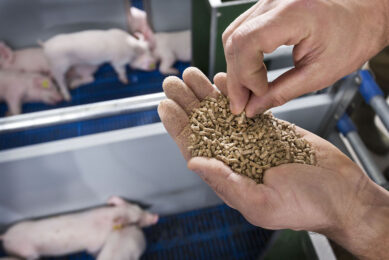



 WP Admin
WP Admin  Bewerk bericht
Bewerk bericht